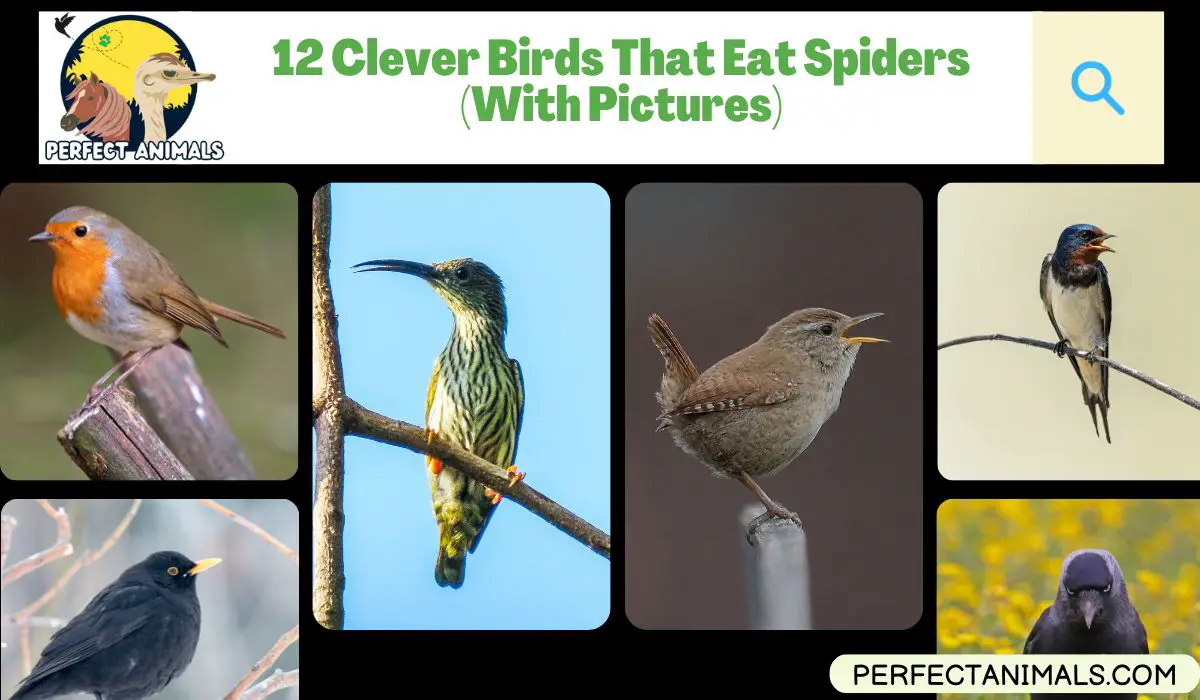Spiders form an integral part of many ecosystems, helping control insect populations and serving as an important food source for many species.
Several bird varieties are known to regularly feast on these eight-legged creatures as part of their varied diets.
While not all birds actively hunt down spiders, many opportunistically consume them when they happen to come across them in their environment.
In this article, we will look at some of the most common spider-eating bird species.
Some of these birds are primarily insectivores, meaning spiders make up a majority of their diet. Others are more omnivorous but gladly eat spiders when given the chance.
We will learn a bit more about the feeding habits of each and why spiders may appeal to them as a nutritious snack or meal.
Whether snatching spiders from their intricate webs or plucking them directly off vegetation, these avian hunters help keep arachnid populations in check while fueling up.
So which birds have a particular penchant for spiders? Let’s find out!
Birds That Eat Spiders
Robins
Robins are a very common sight in backyards and parks across North America.
These striking birds with their bright orange-red breasts spend much of their time foraging on lawns and fields looking for sustenance.
One food they actively seek out is spiders and other insects.

Robins use their strong beaks to probe into the grass and leaf litter searching for movement.
When they spot a spider, they swiftly snap it up.
Spiders provide robins with nutrients like protein for energy and growth.
The birds also feed any spiders they find to their young to help them develop.
With their keen eyesight allowing them to zoom in on creepy crawlers and insects, robins take advantage of these nutritious snacks.
You May Also Like – 9 Owls of Illinois
Bluebirds
Brilliantly plumed bluebirds are also eager spider consumers. They often perch on low-level perches to scan for prey wandering about at ground level.
Hunting both woodlands and more open meadows, bluebirds eat a diet heavy on insects and spiders make up a decent portion.
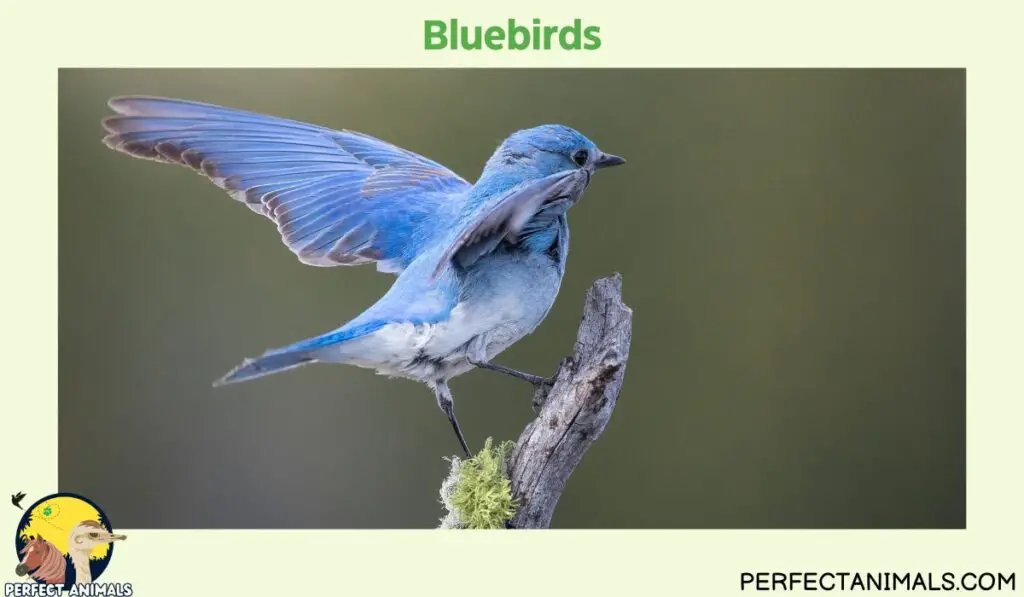
Studies have found over half of the food samples taken from bluebird adults and nestlings contain spiders.
The adult bluebirds must find tens of thousands of spiders each breeding season to satisfy their nest of hungry baby birds!
So whether dropping onto crawling ground spiders or snatching web-building ones, bluebirds are certainly doing their part to control spider numbers!
Blackbirds
Comprising a family of species like common grackles and red-winged blackbirds, these birds share a strong liking for spiders and other insects.
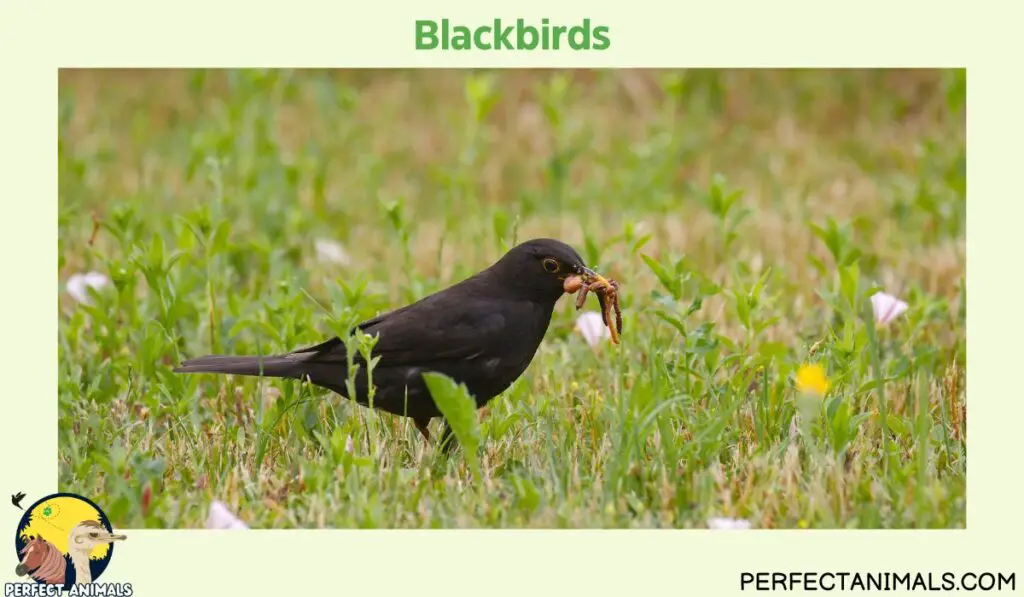
They often flock together when foraging, swarming lawns, fields, and marshlands while turning over leaves and debris in search of movement underneath.
Spiders make for a convenient bite-sized meal packed with nutrients like protein.
Some blackbirds even integrate clever techniques like using water to flush out spiders from grassy areas.
If the conditions are very wet, the spiders are forced out into the open where the birds can readily snatch them up.
Versatile and adaptive, blackbirds take advantage of any opportunity to consume nutritious spiders in their midst!
Spiderhunters
As their name implies, Spiderhunters are avid spider seekers.
A group of bird species belonging to the sunbird family, spiderhunters reside in tropical regions of Asia and are impressively adept at snatching up spiders and other small insects.
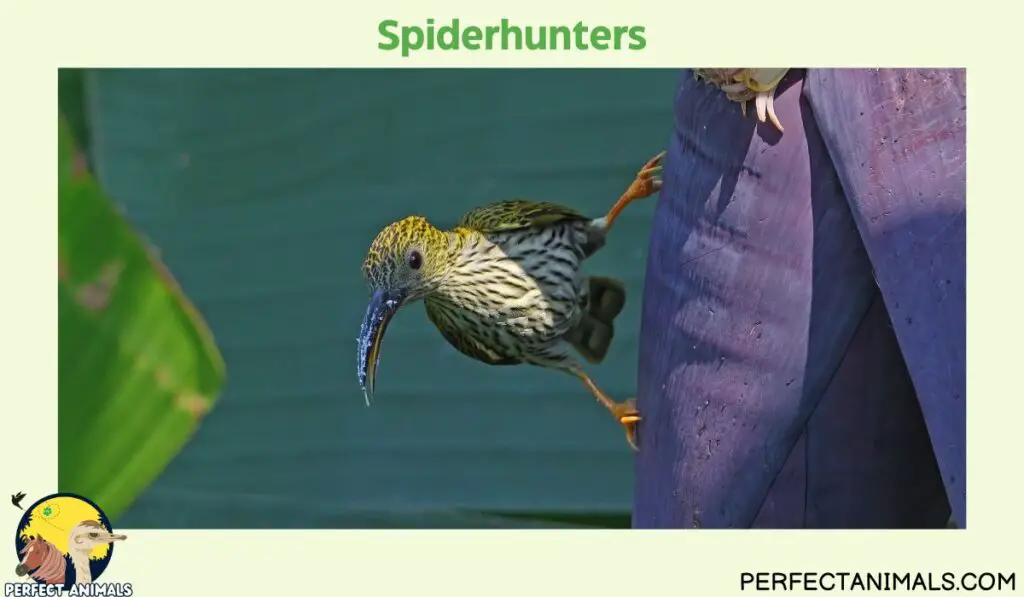
Their curved beaks allow them to snatch up spiders with precision.
Once spotted, a quick dart of the head allows them to consume the spider before it has a chance to retreat.
While sipping nectar from flowers provides some of their energy, spiderhunters clearly have a taste for arachnids as well.
They spend lots of time meticulously picking through vegetation in search of tasty spiders to fuel up on.
Their exceptional eyesight and maneuverability make spiderhunters skilled insect-hunting machines!
You May Also Like – 10 Amazing Birds With Long Legs
Crows and Ravens
Crows and ravens comprise a family of supremely intelligent birds who thrive around the world.
They hold the impressive distinction of exhibiting complex communication and problem-solving abilities similar to great apes and dolphins.

Part of the foundation of their high-functioning brains lies in their diverse, nutrient-rich diets—which frequently include spiders.
Both crows and ravens forage opportunistically while covering large territories each day.
Whether turning over leaves, probing holes in dead trees, or investigating nooks and crannies, they leverage their keen eyesight to spot signs of spiders.
Researchers have found spiders constitute a variable but regular part of both species’ diets.
Because crows and ravens eat such a wide range of prey as omnivores, they likely gobble down any spider in their path.
In one case, scientists observed American crows in Oklahoma herding and corraling wolf spiders across lawns, eventually killing them once grouped.
Such problem-solving intelligence points to why these exceptional birds thrive across North America.
With spiders providing key amino acids, vitamins, minerals, and protein, both cunning crows and ravens get a valuable nutritional boost from this predator-prey relationship.
Pigeons
Pigeons are resourceful urban survivors, able to thrive in close proximity to people across the world.
To sustain themselves, feral pigeons have adapted to scavenge a highly diverse diet using a range of techniques.
One food pigeons regularly consume is spiders lurking in their metropolitan habitats.

Researchers have found that spiders make up a consistent portion of the stomach contents sampled from city pigeons.
When walking along pavements and sidewalks, pigeons actively peck and probe crevices searching for spider prey.
Drainage holes, lofty ledges covered in spider webs, and concealed urban nooks likely conceal these invertebrates.
With excellent eyesight and comfort in human spaces, pigeons utilize their adaptable beaks to snatch up hiding spiders.
Beyond the city center, pigeons also hunt spiders in parklands.
Here, they explore tree hollows and investigate suspension bridges decorated with intricate webs ripe for raiding.
Whether plucking spiders straight off vegetation or dislodging camouflaged ones from hideouts, crafty pigeons track down these protein and nutrient-rich snacks.
Their versatile hunting skills help them procure spiders across habitats.
Wrens
Wrens represent a family of tiny, energetic birds adept at seeking out spiders and other small invertebrates concealed in vegetation.
Common backyard species like house wrens and Carolina wrens forage actively through gardens using their slim pointed beaks to probe crevices and investigate cavities.
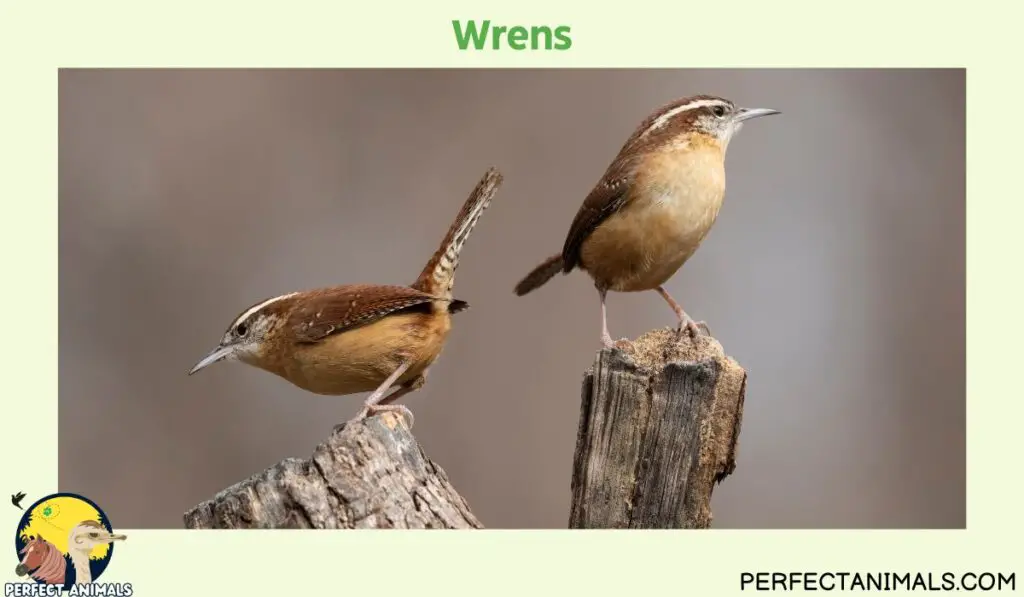
With sudden rapid movements, they snatch up any hidden spiders in their path.
Cleverly using tools in some cases, wrens dislodge spiders from bunkers and holes where they lurk.
This exposes them for quick consumption. Wrens then swiftly return to favored nesting sites flush with nutritious spider snacks for their hungry young.
Highly territorial, different wren family members ensure spider populations in their vicinity don’t get too comfortable!
Some wren species also use innovative techniques like hanging upside down along branches and tree trunks to scout out spider prey.
Agile and acrobatic, they leave no stone unturned when spider hunting.
Across backyards, their eagerness and success at spying on spiders means both parents and chicks enjoy a steady diet of arachnids.
Jackdaws
Jackdaws comprise a highly social and interactive species of corvid occurring across Europe, Western Asia, and North Africa.
Foraging in flocks, they migrate significant distances between wintering and breeding grounds.
To fuel these efforts, jackdaws seek out spiders and insects within grasslands, woodlands, and agricultural areas they populate.
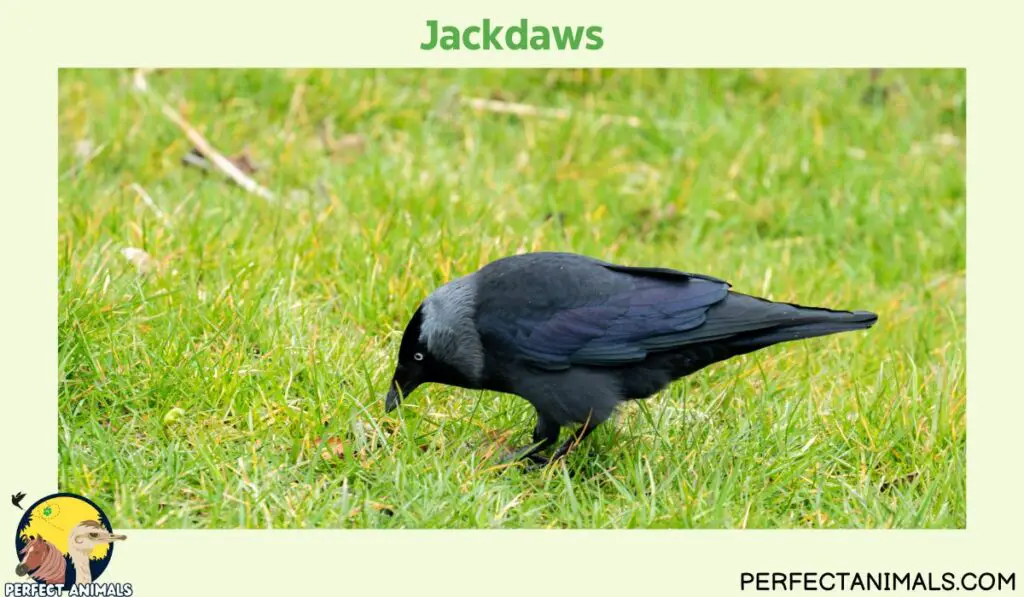
Frequently nesting in old buildings, jackdaws come into regular contact with spider populations in these structures.
As opportunistic feeders, jackdaws also investigate holes in trees and cavities searching for arthropod prey—flushing out spiders in the process.
Additionally, some have speculated jackdaws follow certain mammals like wild boar and use them as “beaters” to stir insect activity.
This exposes additional spider prey for consumption. Resourceful, interactive, and ever-vigilant, jackdaws prove talented spider predators across habitats.
Barn Swallows
Few sights signify summer’s arrival as much as effortlessly agile barn swallows swooping through the skies feasting on insects.
But these aerial acrobats don’t just target flies—all types of spiders get gobbled up too.
Barn swallows migrate thousands of miles to breed across the Northern Hemisphere, Fueled by nutrient-rich spiders and other prey.
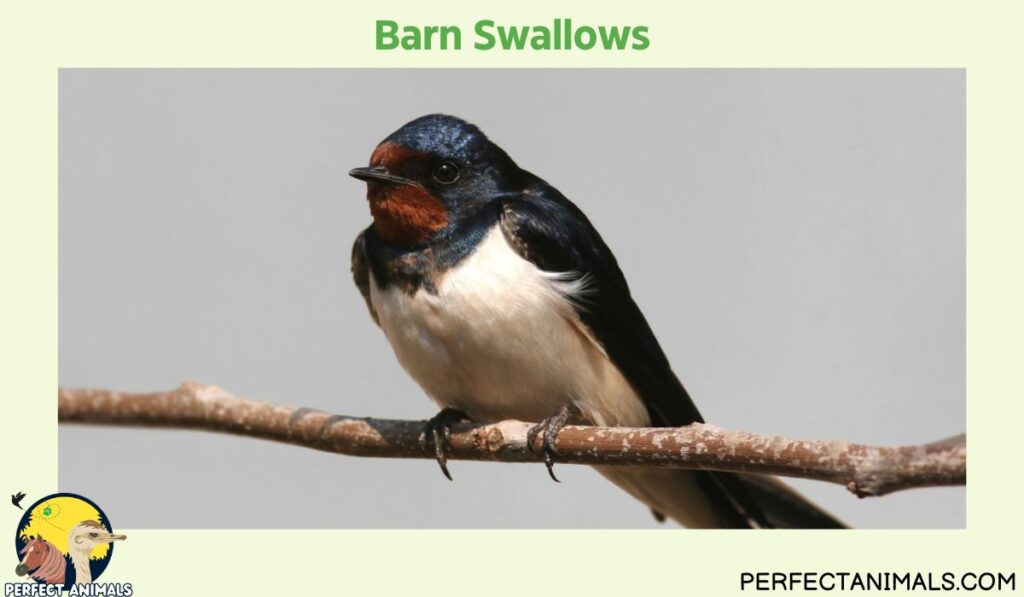
Skillful fliers and barn swallows gracefully cruise through open areas like fields, snatching up insects on the wing.
Spiders lurking in the grasses find themselves airborne too—but their ride gets cut short by a swift barn swallow beak strike.
Researchers have discovered spiders make up a regular part of barn swallow diets during breeding season when energy demands are high.
What’s more, adults make spider collection expeditions to stockpile snacks for their chicks.
Young swallows seem to especially enjoy the tasty arachnids judging by how quickly they get gulped down by hungry nestlings.
Crafty parent barn swallows ensure a steady supply by targeting spider hotspots like bridges, sheds, and porch eaves.
Their aerial finesse and insect detection allow for prime spider hunting.
Mockingbirds
The versatile mockingbird inhabits backyards, parks, and open woodlands across North and Central America.
A gifted songster, mockingbirds also play another important ecological role: spider predator.
Formidable beaks allow them to crack into hard shells with ease—including beetles and spiders.

Mockingbirds don’t tend to specialize on one food type though.
As opportunistic feeders, they vary their diet seasonally based on what’s available.
One study in Texas discovered spider fragments in the stomachs of many mockingbird specimens.
Likely they target spiders wandering about on vegetation and along the ground.
Mockingbirds also probe fence posts and suspended shed corners for hidden spiders.
Their sharp eyesight helps spot camouflaged spiders that other birds would miss.
And they often impale larger prey on thorns to methodically tear them apart—so big spiders pose no problem!
Thrushes
A family of birds boasting famed songsters like robins and bluebirds, thrushes almost universally rely on spiders and insects to sustain themselves across seasons.
They nest in trees and shrubs, foraging through grassy understories and woodland floors for prey.
With slender pointed beaks, thrushes search through detritus and probe the ground to uncover hiding spiders.
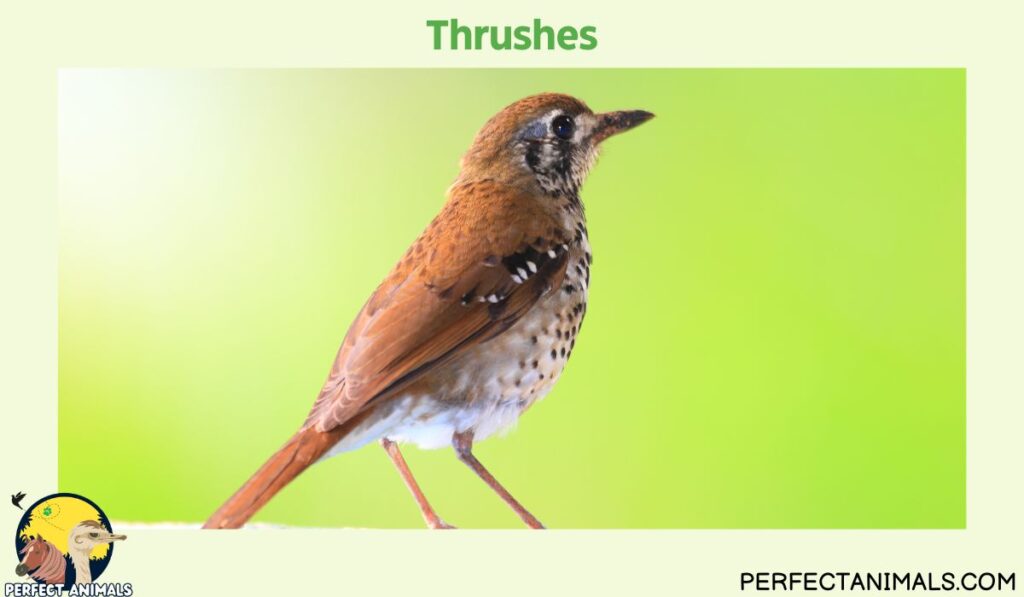
Research on the diets of migratory wood thrush species has revealed spiders constitute a nutritionally vital component.
Adult thrushes themselves consume a considerable number of spiders daily while collecting even more to carry back to nests to feed young.
So prevalent are spiders in their meals, thrushes likely seek them out preferentially over other prey when spotted.
Other thrush species like blackbirds feed almost exclusively on insects and spiders—tracking down temperate forest spiders that other birds likely miss.
No matter their habitat, from Australia to Africa, thrushes everywhere find spiders too tasty to pass up!
Final Thoughts
As we’ve explored, a diverse array of bird species spanning multiple families see spiders as delectable snacks and nutritious meals.
From clever corvids like crows to acrobatic aval hunters like barn swallows, these feathered friends help control spider populations while benefiting from their protein and nutrients.
Birds contribute a valuable pest control service by regularly feasting on spiders across backyards, fields, forests, and cities.
Whether opportunistically snatching up grounded spiders or seeking out hidden ones to stockpile as chick food, these predator-prey relationships highlight natural interconnections.
So next time you spot a bird gingerly plucking a spider off its web for a tasty treat, take a moment to appreciate the nuanced ecological balances at play.
Spider-gobbling birds range from songbirds perching on branches to pigeons strutting down busy sidewalks.
But they all understand the value of arachnids as food.
Those eight-legged creatures may seem more friend than foe, after all, helping sustain our feathered neighbors.
Resources – (for further reading)
Wikipedia – American robin | Bluebird | Common blackbird | Spiderhunter
RSPB – Wren
All About Birds – Barn Swallow | Northern Mockingbird
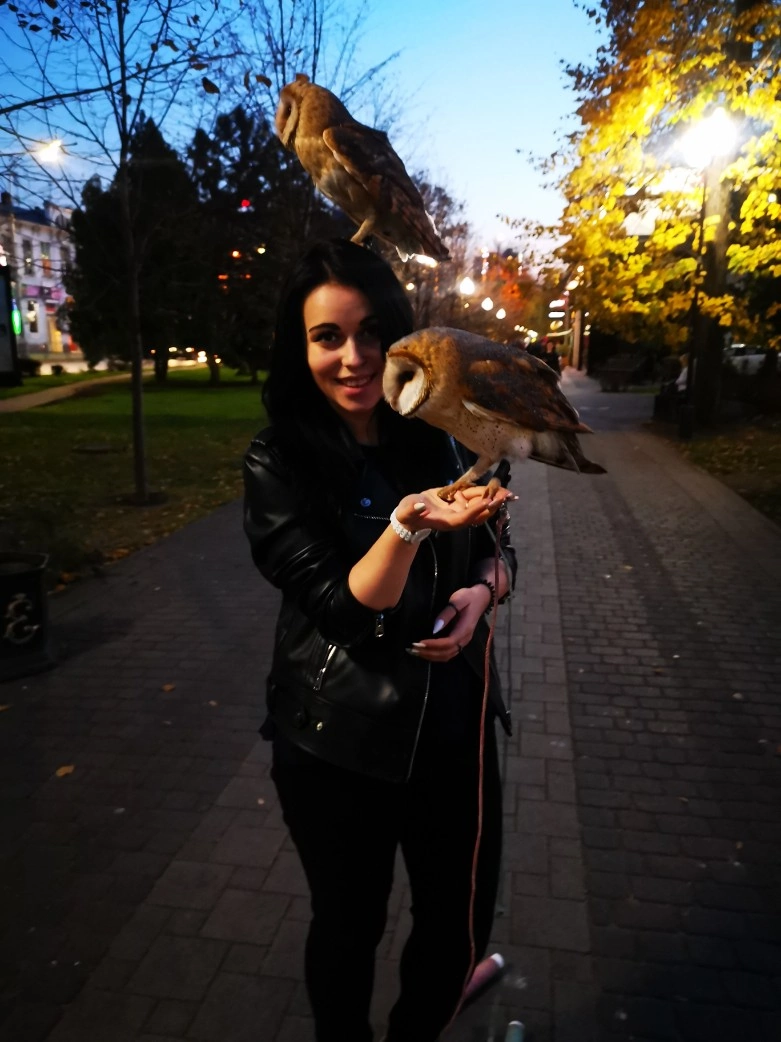
Larissa Adler, an Ornithology graduate from Charles Sturt University, is an avid birdwatcher with a passion for avian behavior and ecology. With extensive fieldwork experience studying bird migration patterns and nesting behaviors, Larissa brings a practical and insightful perspective to our bird-related articles.

